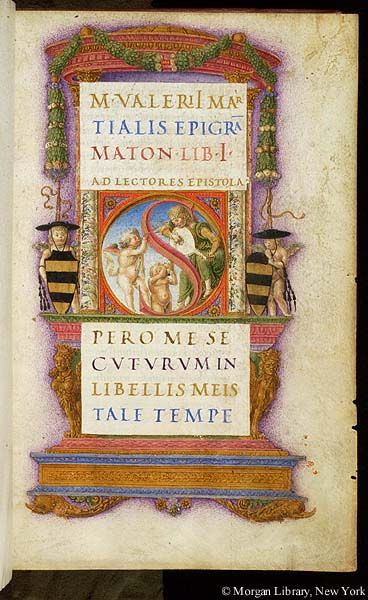

There are three kinds of scansion: the graphic, the musical and the acoustic. This technique is called scansion, and it is important because it puts visual markers onto an otherwise entirely heard phenomenon. To get a bearing on what these rhythms look and sound like, let's start with a method for writing out the rhythms of a poem. The former is the more common adherence to the latter often leads an English language poet toward self-conscious verse, as their predictable rhythms are counter to natural English speech (not that it is impossible to create great verse with this technique, but there is a tendency for it to end up so). For this reason most English language poets opt to look at their own meter as accentual or accentual-syllabic. There may be one, two, or three syllables between accents (or more, but this is a matter of debate). This means that its natural rhythms are not found naturally from syllable to syllable, but rather from one accent to the next. English, being of Germanic origin, is a predominantly accentual language. Of the ways of looking at meter, the most common in English are those that are accentual. Quantitative: Measures the duration of words.Accentual-syllabic: A counting of syllables and accents.Accentual: A counting of accents only per line.Syllabic: A general counting of syllables per line.Fussell defines meter as "what results when the natural rhythmical movements of colloquial speech are heightened, organized, and regulated so that emerges from the relative phonetic haphazard of ordinary utterance." (4-5) To "meter" something, then, is to "measure" it (the word meter itself is derived from the Greek for measure), and there are four common ways to view meter. Although some of Fussell's ideas are a bit outdated (namely, he doesn't deal with the visual elements of a poem), his approach is complete, concise and useful.

The bible of most poets today regarding meter and sound is a book by Paul Fussell called Poetic Meter and Poetic Form. The crafting of the aural aspects of a poem is what we may call "ear training." Thus, the crafting of the visual aspects is what we'd call "eye training." Meter
#Scansion of epigrammata martialia i how to#
COVID-19 Portal While this global health crisis continues to evolve, it can be useful to look to past pandemics to better understand how to respond today.Student Portal Britannica is the ultimate student resource for key school subjects like history, government, literature, and more.Britannica Explains In these videos, Britannica explains a variety of topics and answers frequently asked questions.Demystified Videos In Demystified, Britannica has all the answers to your burning questions.This Time in History In these videos, find out what happened this month (or any month!) in history.#WTFact Videos In #WTFact Britannica shares some of the most bizarre facts we can find.

Britannica Classics Check out these retro videos from Encyclopedia Britannica’s archives.


 0 kommentar(er)
0 kommentar(er)
